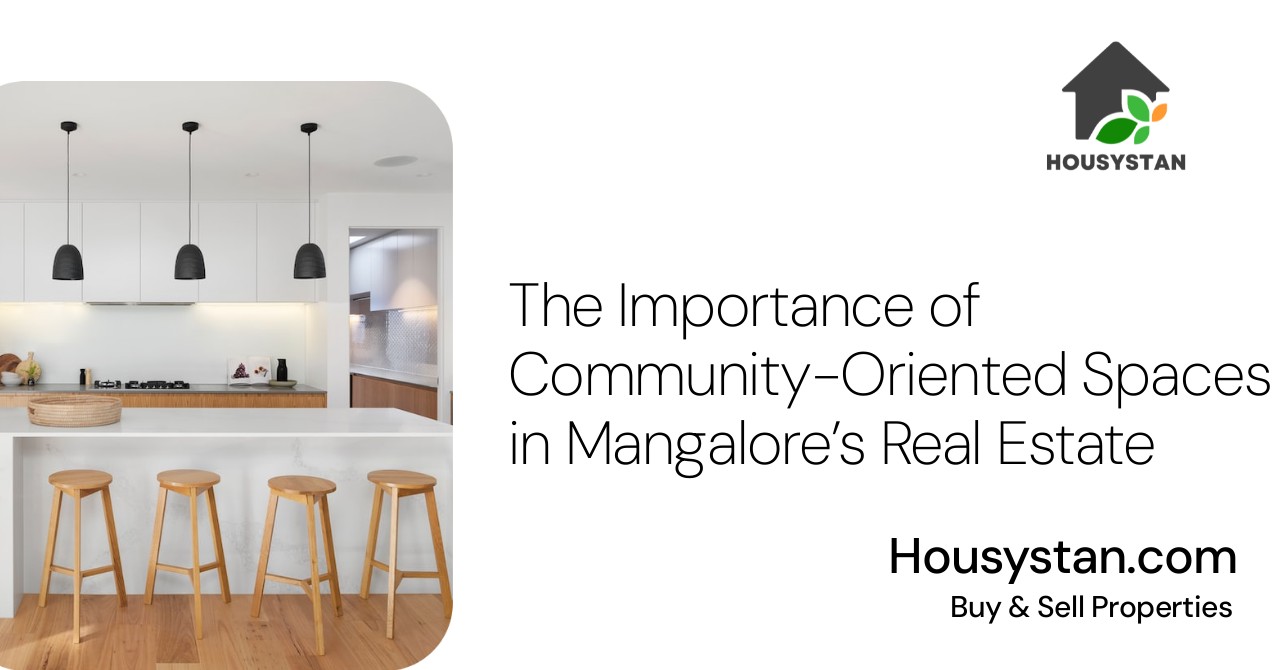The Importance of Community-Oriented Spaces in Mangalore’s Real Estate
Read latest blogs and articles from Housystan

The Information mentioned here was last updated on:
4/1/2026Mangalore, a dynamic city on India's southwestern coast, is rapidly evolving into a hub for modern living while still cherishing its cultural roots. In recent years, the real estate sector in Mangalore has witnessed a significant shift towards community-oriented spaces. These developments are designed not only to provide comfortable homes but also to foster a sense of belonging and interaction among residents. As more people seek a balanced lifestyle, the demand for integrated neighborhoods offering both convenience and camaraderie continues to grow.
Community-oriented spaces in Mangalore’s real estate landscape serve a vital role in enhancing the quality of life. These environments typically feature shared amenities such as gardens, parks, clubhouses, fitness centers, and children’s play areas. Such facilities encourage social interaction, promoting a vibrant and friendly atmosphere within the neighborhood. For families, these spaces offer a safe and nurturing environment where children can play and grow, while adults have opportunities to build lasting relationships with their neighbors.
Another key advantage of community-oriented developments in Mangalore is the emphasis on safety and security. Gated communities with 24/7 surveillance, controlled access, and well-lit common areas ensure residents feel secure at all times. This sense of security is particularly appealing to families and senior citizens seeking peace of mind in their daily lives.
- Verified Tenants/Buyers
- Unlimited Property Listing
- Zero subscription/charges fee
Furthermore, these real estate projects often prioritize sustainable living by integrating green spaces and eco-friendly designs. Thoughtfully planned landscaping, rainwater harvesting systems, and energy-efficient fixtures not only benefit the environment but also contribute to the well-being of residents. As Mangalore experiences urban growth, such sustainable initiatives are crucial for maintaining the city’s natural beauty and ecological balance.
The rise of community-focused real estate in Mangalore reflects the city’s transformation into a modern urban center where tradition blends seamlessly with innovation. These thoughtfully designed spaces cater to the evolving needs of homebuyers, offering a harmonious mix of comfort, safety, and community living. For anyone considering investment or relocation in Mangalore, choosing a community-oriented development ensures a fulfilling and enriched lifestyle in one of Karnataka’s most promising cities.